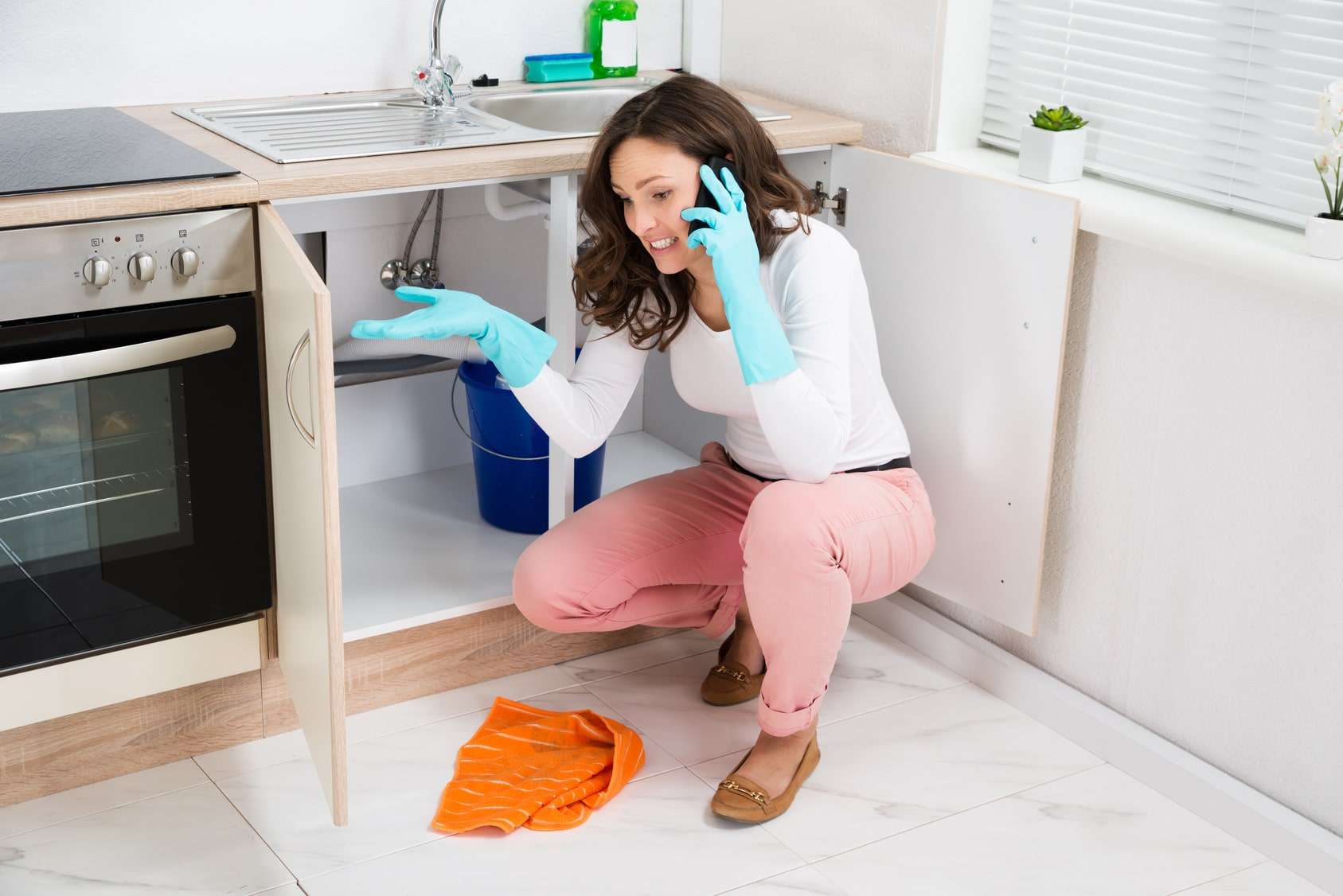Understanding the Primary Reasons for Leakage in The Home
Understanding the Primary Reasons for Leakage in The Home
Blog Article
Were you trying to find advise about How Fast Water Damage Can Ruin Your Home?

Leaks not just trigger waste of water but can likewise trigger unneeded damages to your house and also promote undesirable natural growth. Regrettably, water leakages might go unnoticed given that the majority of the pipework in our residence is concealed. By understanding and also looking for daily circumstances that trigger leakages, you can safeguard your house from future leakages as well as unneeded damages. Today, we will certainly consider 6 leakage causes that may be causing your pipes to drip.
Intruding roots
A lot of water leaks begin outside your home rather than inside it. If you notice an abrupt reduction in water pressure, state in your tap, take time to go out as well as analyze your backyard. You might observe wet patches or sinkholes in your lawn, which may suggest that tree roots are getting into water lines causing water to seep out. You can have your plumber check for breach, especially if you have trees or shrubs near your building.
Rusty water supply
This could be the reason of staining or bending on your water pipelines. If our plumbing system is old, consider changing the pipes considering that they are at a higher danger of corrosion than the newer versions.
Malfunctioning Pipeline Joints
The point at which your pipelines connect is frequently the weakest link in the waterline. Pipe joints can wear away gradually, causing water leaks. Regrettably, the majority of pipeline joints are not quickly visible. If you have noisy pipelines that make ticking or banging sounds, specifically when the hot water is activated, your pipe joints are probably under a great deal of pressure. It is recommended to have your plumber examine your system yearly.
Instant temperature level changes.
Extreme temperature level modifications in our pipelines can trigger them to expand and also get unexpectedly. This expansion as well as contraction might cause splits in the pipelines, particularly if the temperature level are below freezing. If you kept an eye on how your plumbing works, it would be best. The presence of the formerly discussed situations frequently suggests a high risk.
Poor Water Connectors
At times, a leakage can be caused by loosened hose pipes as well as pipes that provide your devices. In case of a water connections leak, you may notice water running directly from the supply line or puddles around your home appliances.
Obstructed Drains
Blocked drains pipes might be irritating and inconveniencing, however they can often wind up triggering an overflow leading to rupture pipelines. Keep getting rid of any type of products that might go down your drains that can clog them to avoid such troubles.
All the above are causes of leaks yet not all water leaks result from plumbing leaks; some leaks might originate from roof covering leaks. All leaks must be repaired right away to stay clear of water damages.
Leaks not just create waste of water but can also create unneeded damage to your house and advertise unwanted natural growth. By comprehending and looking for daily situations that cause leakages, you can secure your home from future leaks and unnecessary damages. Today, we will certainly look at six leakage creates that may be causing your pipes to drip.
At times, a leak can be triggered by loosened hoses and pipelines that supply your appliances. In case of a water connections leak, you may notice water running directly from the supply line or pools around your home appliances.
How To Check For Water Leak In Your Home
How To Check for Leaks
The average household's leaks can account for nearly 10,000 gallons of water wasted every year and ten percent of homes have leaks that waste 90 gallons or more per day. Common types of leaks found in the home are worn toilet flappers, dripping faucets, and other leaking valves. These types of leaks are often easy to fix, requiring only a few tools and hardware that can pay for themselves in water savings. Fixing easily corrected household water leaks can save homeowners about 10 percent on their water bills.
To check for leaks in your home, you first need to determine whether you're wasting water and then identify the source of the leak. Here are some tips for finding leaks:
Take a look at your water usage during a colder month, such as January or February. If a family of four exceeds 12,000 gallons per month, there are serious leaks.
Check your water meter before and after a two-hour period when no water is being used. If the meter changes at all, you probably have a leak.
Identify toilet leaks by placing a drop of food coloring in the toilet tank. If any color shows up in the bowl after 10 minutes, you have a leak. (Be sure to flush immediately after the experiment to avoid staining the tank.)
Examine faucet gaskets and pipe fittings for any water on the outside of the pipe to check for surface leaks.
Undetected water leaks can happen without the home or business owner even realizing. If you suspect a water leak, but not able to find the source. It is time to contact a professional water leak detection service, The Leak Doctor.
How To Find a Water Leak In Your Home
https://www.leakdoctor.com/blog/How-To-Check-For-Water-Leak-In-Your-Home_AE197.html

We hope you liked our piece on Most Common Causes of Leaky Pipes. Thanks for taking time to browse our content. Kindly set aside a second to share this blog post if you liked it. Thank you for your time. Visit again soon.
Burst pipe? Phone! Report this page